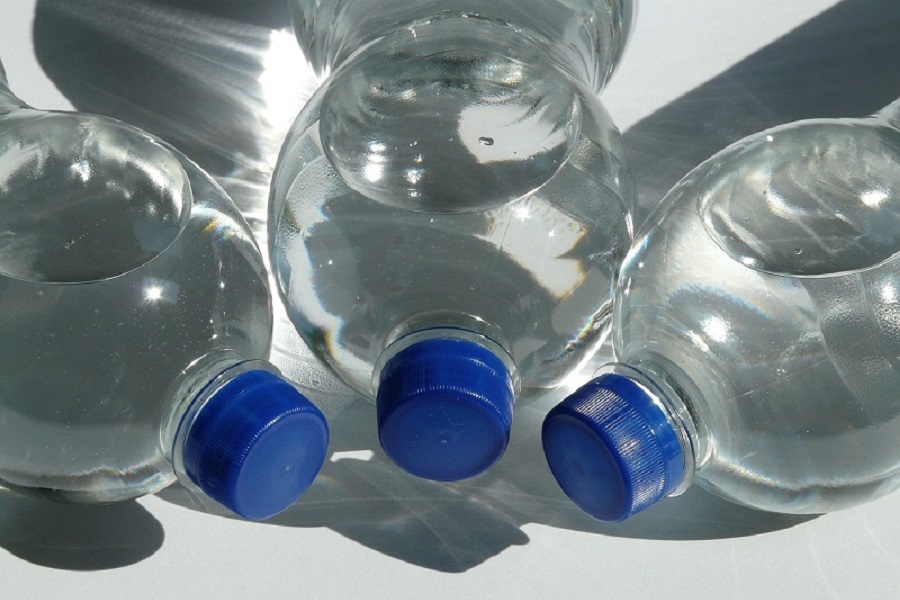Is tap or bottled better?
Despite the extremely high price of bottled water compared to tap water, in recent years the global demand for it has increased dramatically due to the general perception that the water supply network is not as safe as it could be.
The need for proper hydration before and after physical exercise, recommended healthy lifestyles and effective advertising campaigns by water bottling companies have contributed significantly to the huge increase in interest in bottled water.
The increasing pollution of surface and underground water resources resulted in the degradation of tap water and gave rise to the creation of large bottled water companies. Setting up a water bottling business is relatively low cost and the bottled water trade is very profitable, with very good investment prospects.
However, with the development of water purification technology, there are cases where tap water is as good or even better than bottled water, such as the city water of New York, Munich and Patras.
There are different types of bottled water: (a) natural mineral water comes from underground water, which contains a constant level of metals and trace elements, (b) spring water comes from underground aquifers from which water flows naturally on the surface of the Earth, (c) purified water comes from surface or underground water, which has been treated to make it suitable for public consumption, (d) artesian water ( artesian water) is water that comes from a well, which penetrates an aquifer where the piezometric level of the water is higher than the top of the aquifer, (e) carbonated water (sparkling water) which after relative treatment and possible addition of carbon dioxide, contains the same percentage of carbon dioxide as it originally had at the source and (f) well water, which comes from underground aquifers.
Tap water can be contaminated by various chemical, microbial and physical sources of contamination. Some contaminants can be more easily controlled in bottled water than in tap water, which is piped through the distribution system. However, some substances can prove to be more dangerous in bottled water than in tap water, because bottled water is stored for longer periods of time in bottles and at higher temperatures than water distributed through the water supply network.
Water is bottled in plastic or glass bottles. But plastic bottles are made from PET (polyethylene terephthalate). For the production of PET, 90% of producers use the catalyst antimony trioxide, which is considered by the World Health Organization as a possible carcinogen. Also, the majority of plastic bottles are not recycled and end up in landfills where they remain undecomposed for several decades.
Natural waters contain various inorganic and organic components, which may be dissolved or suspended. The specifications for the quality of bottled water are the same as those for drinking water. The sum of divalent cations, mainly calcium and magnesium, causes hardness in water. A percentage of the hardness disappears (precipitates) if we boil the water.
Our term hardness is known because it is often used to describe natural waters that do not foam sufficiently when washing.
This is due to the polyvalent cations present in the water, which react with the stearic acid contained in the soap, forming insoluble salts, which do not allow the creation of good foam in washing. Also, the term hardness characterizes water which, when boiled, creates a calcium carbonate precipitate which is commonly observed in household utensils (e.g. pots) and hot water pipes.
The most common hardness units are mg/L calcium carbonate equivalent (CaCO3). Waters are classified based on their total hardness into soft (0-75 mg/L CaCO3), medium (75-150 mg/L CaCO3), hard (150-300 mg/L CaCO3) and very hard (>300 mg/L) CaCO3).
Although many have argued that hard water can worsen various diseases (eg, colic, hypertension), these effects are uncertain. Also, studies support that hard water could have a beneficial effect against heart diseases, due to the calcium it contains. This conclusion is highly questionable because hard water is associated with high concentrations of total soluble solids, which are far from being considered beneficial against heart disease.
Therefore there is no specification that imposes any upper acceptable limit for water hardness.
Bottled waters on their label include standard chemical analysis components along with conductivity, pH and total dissolved solids values.








